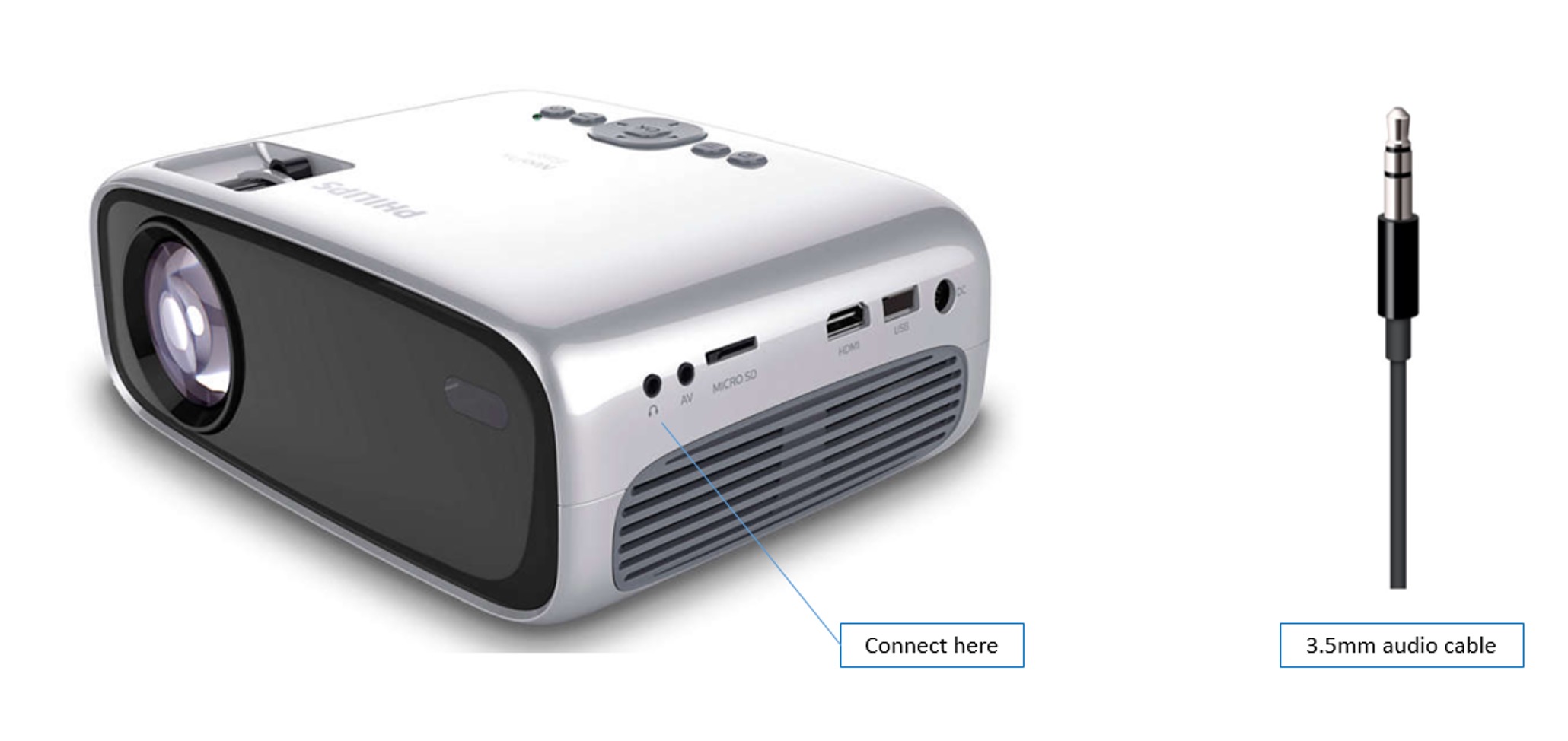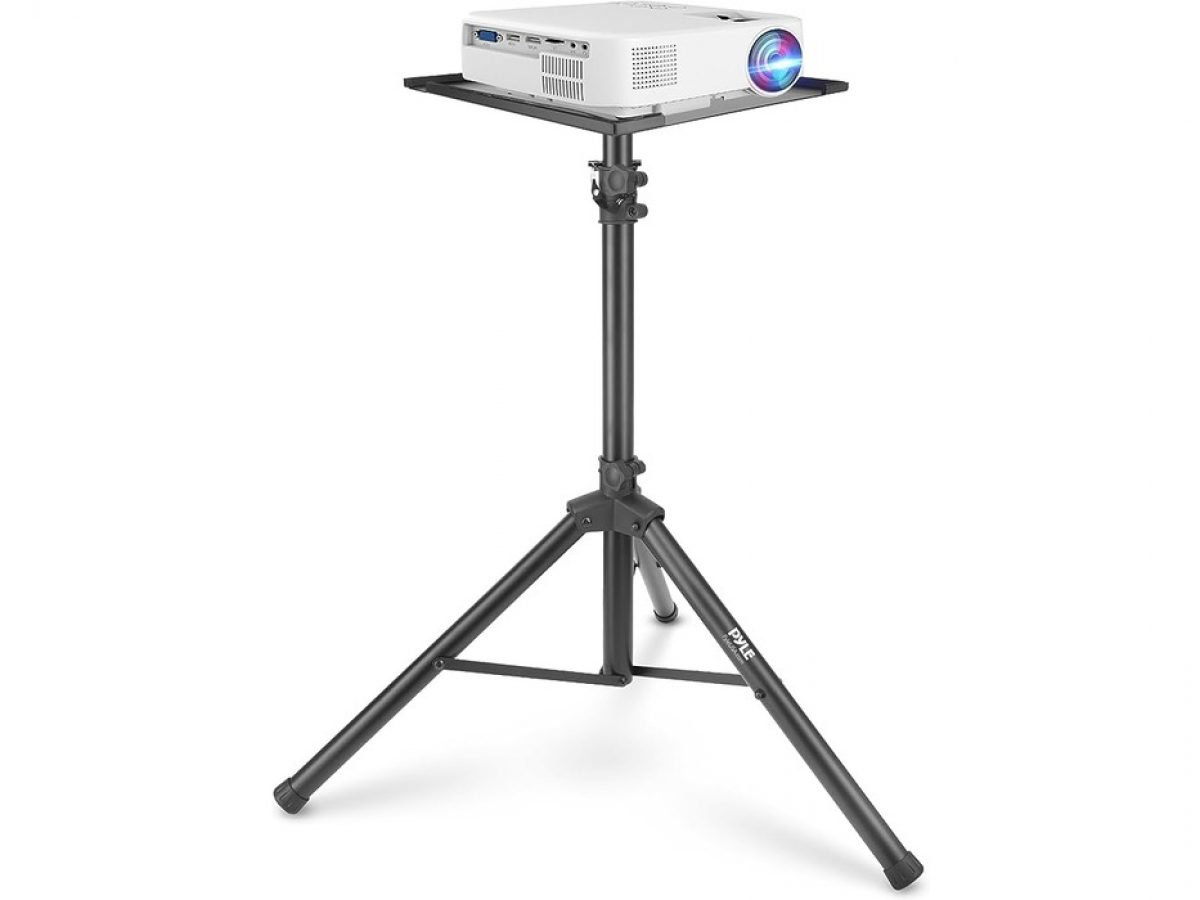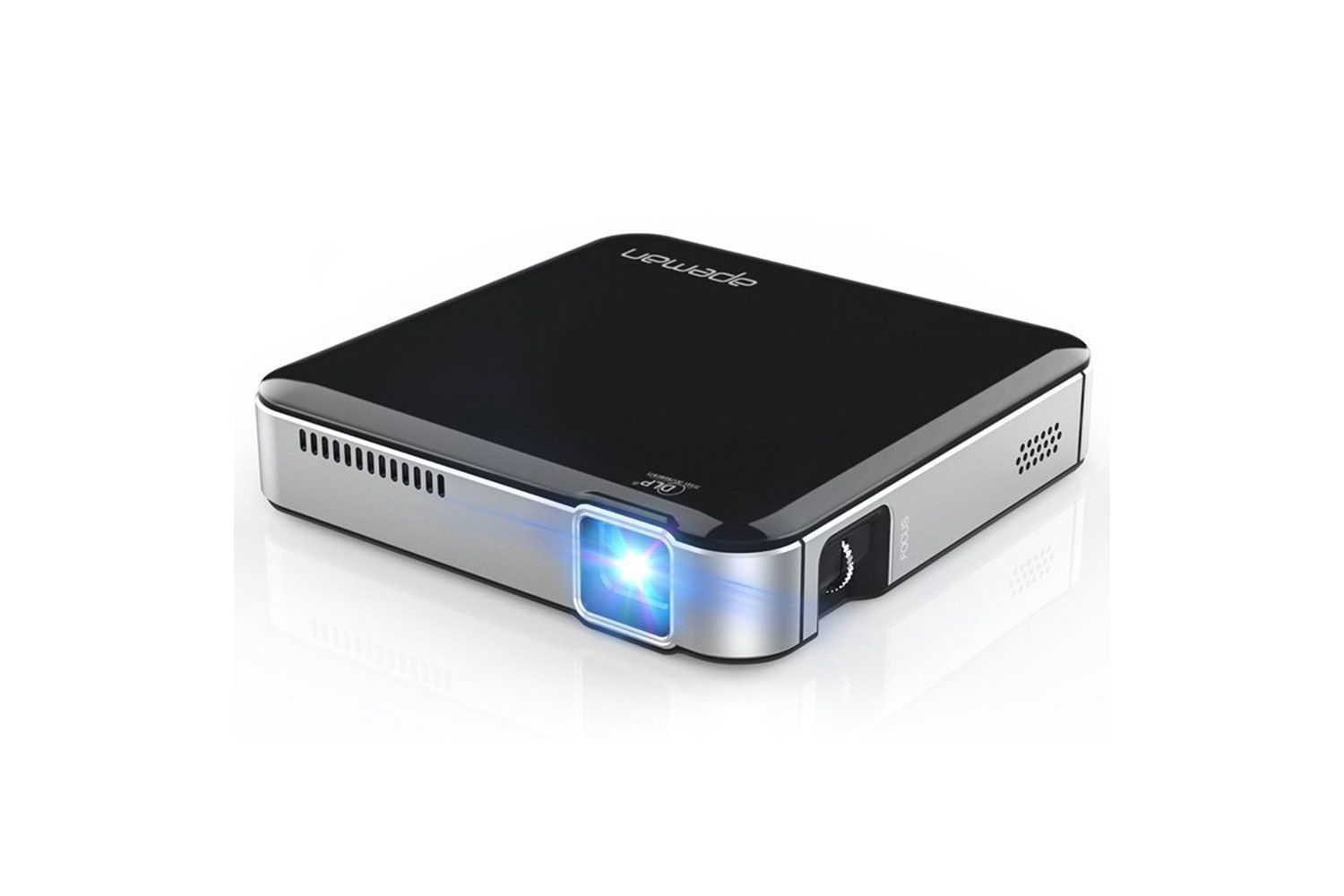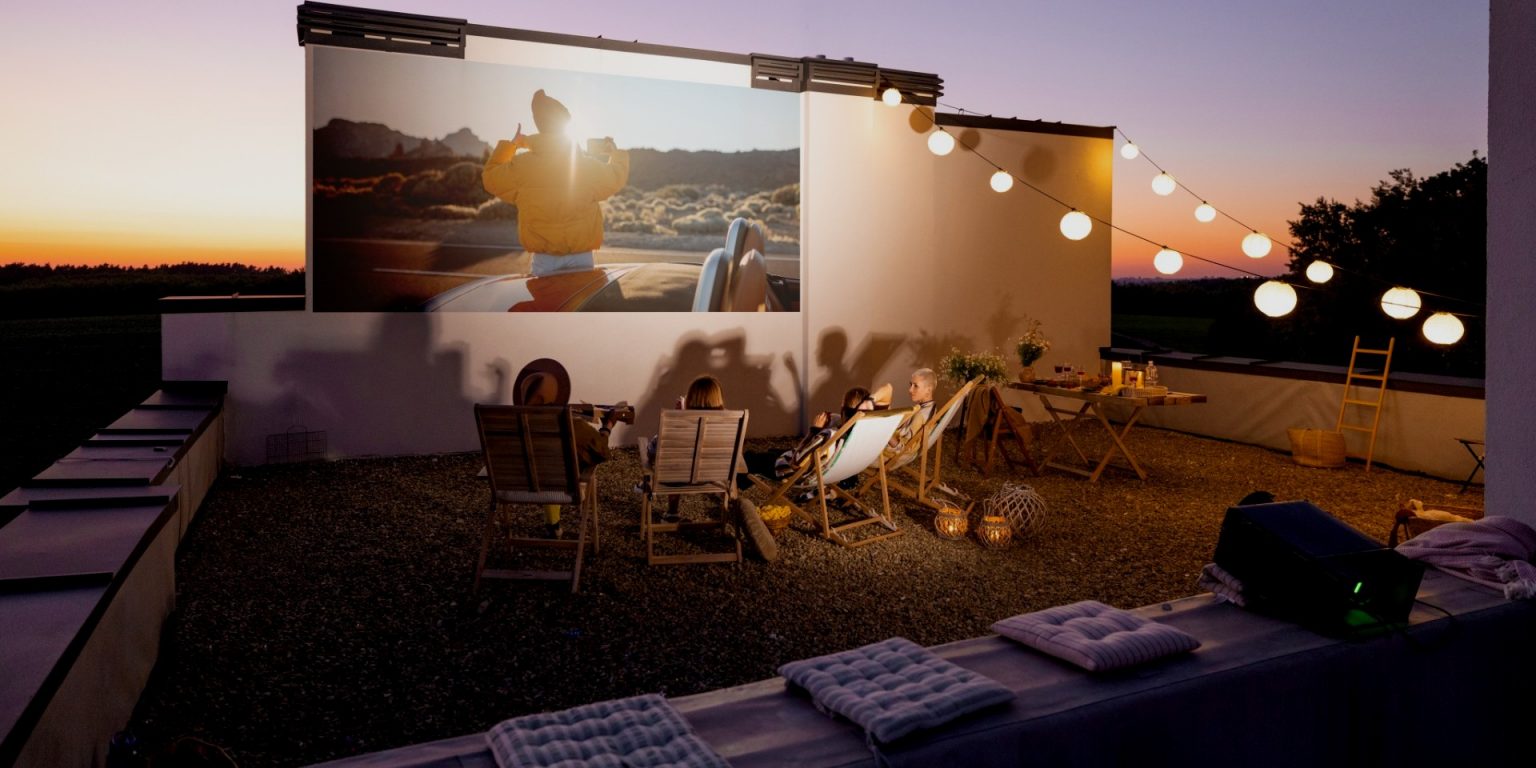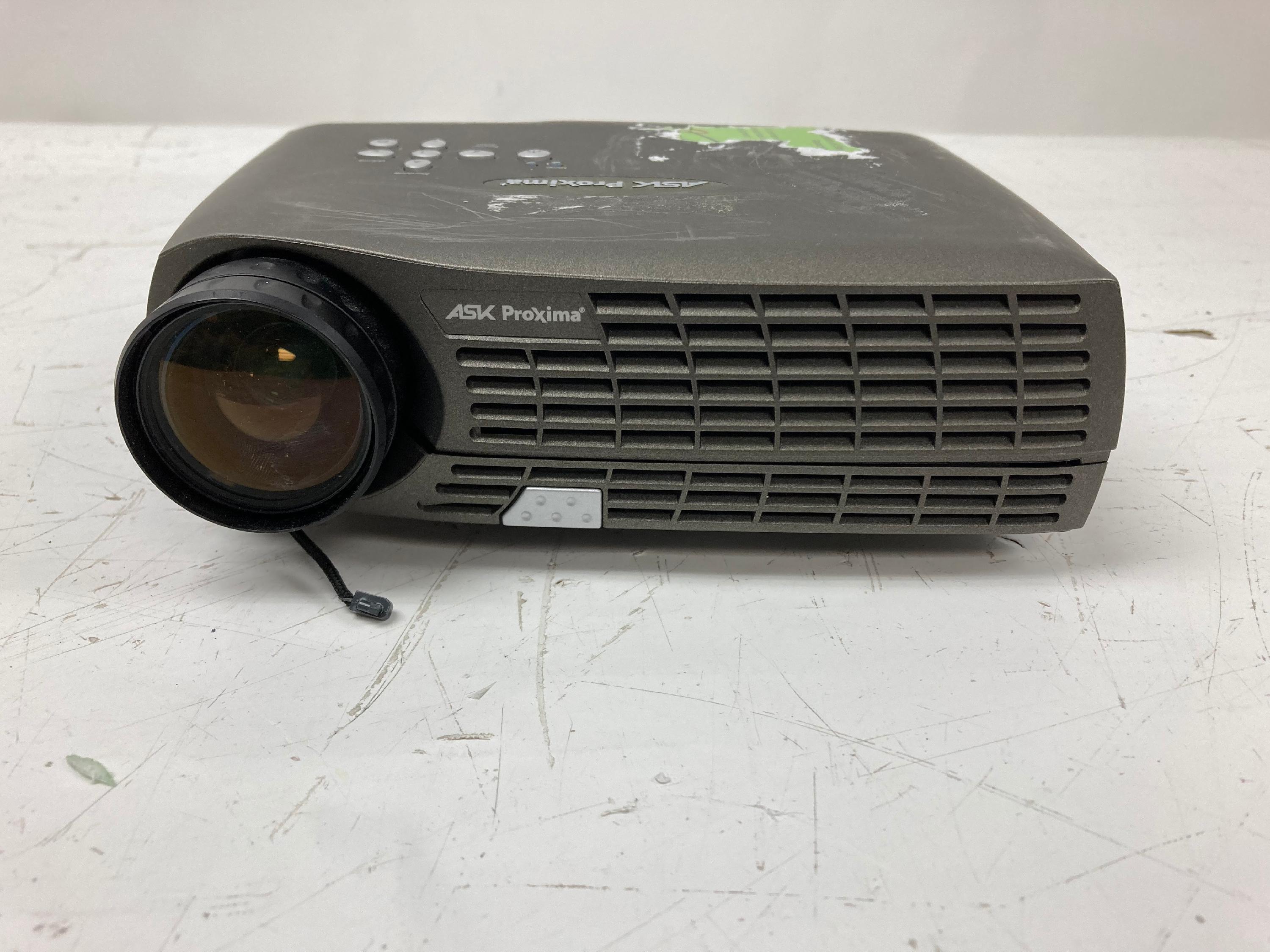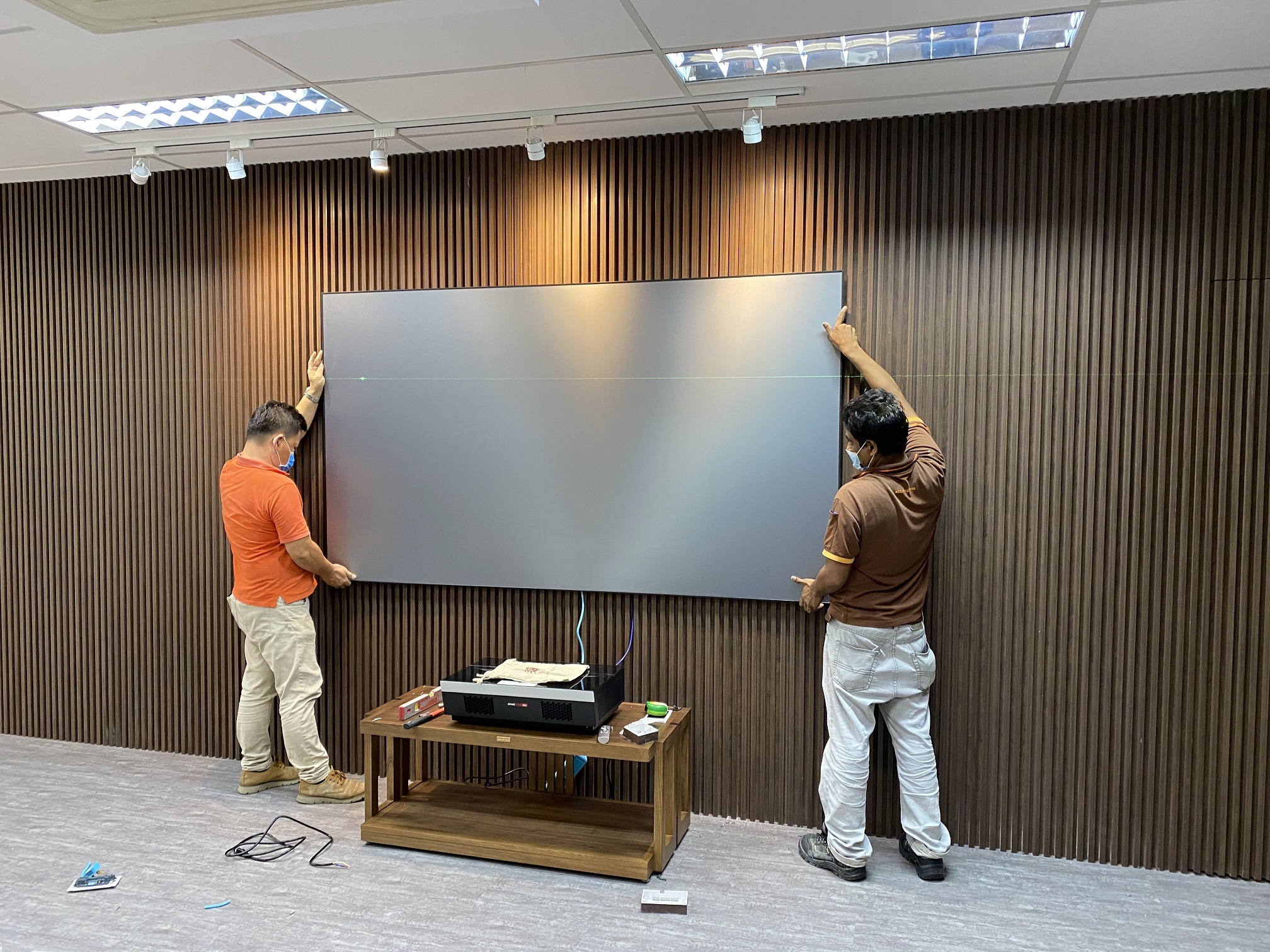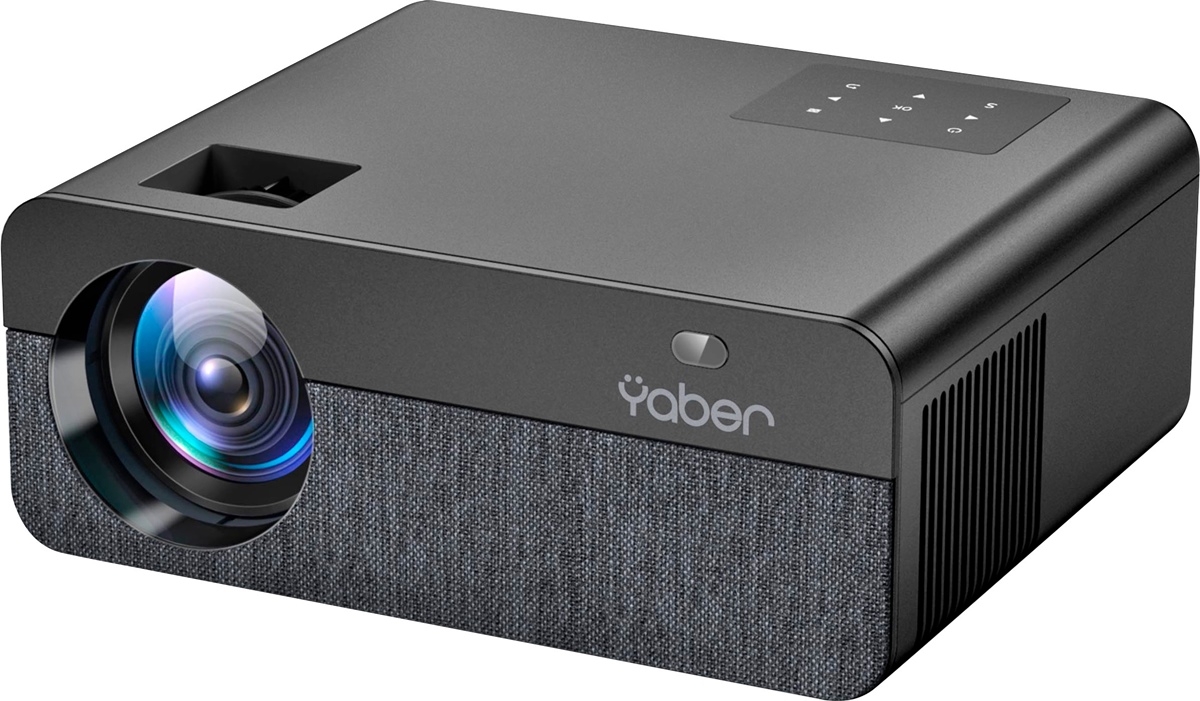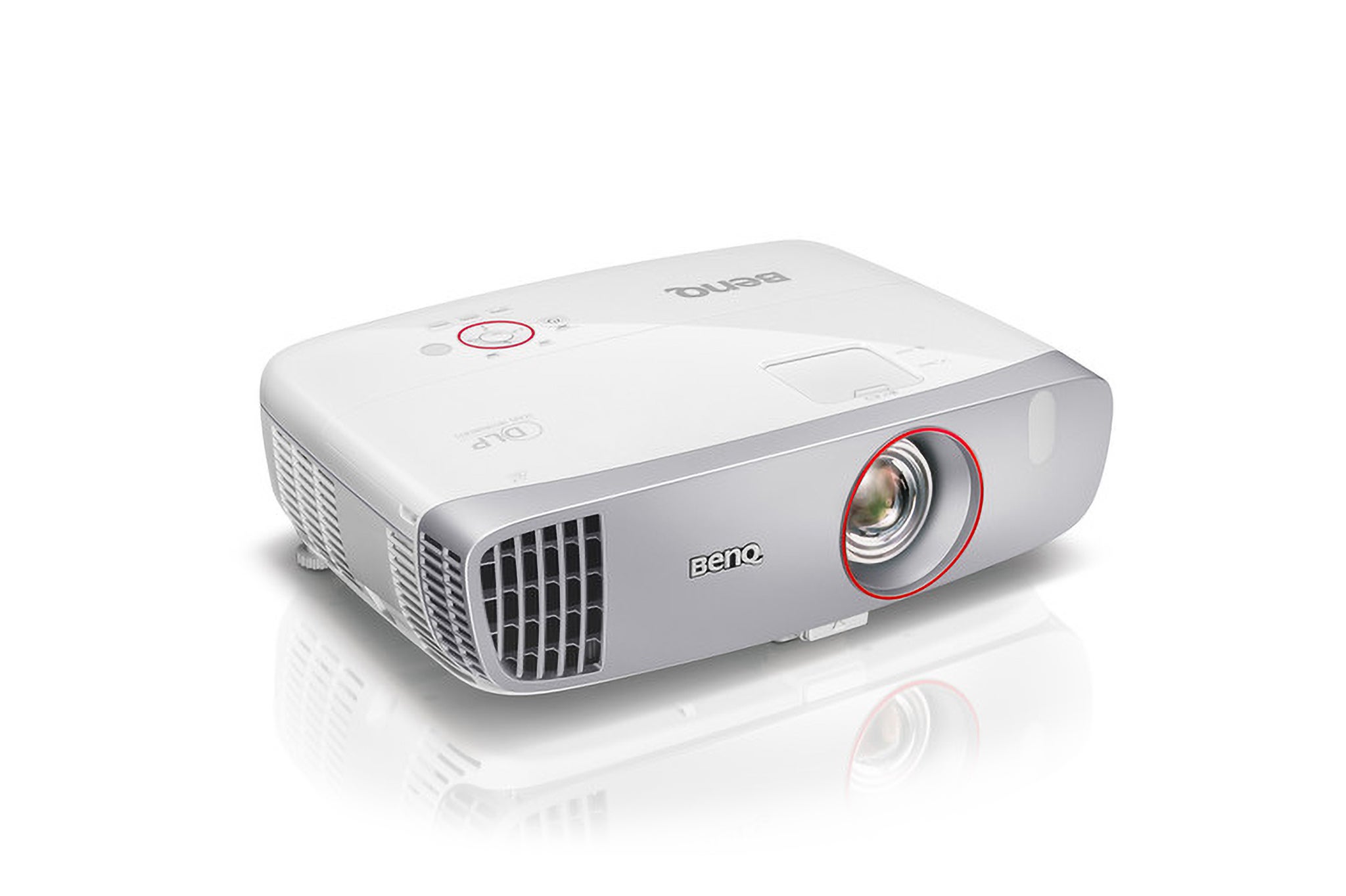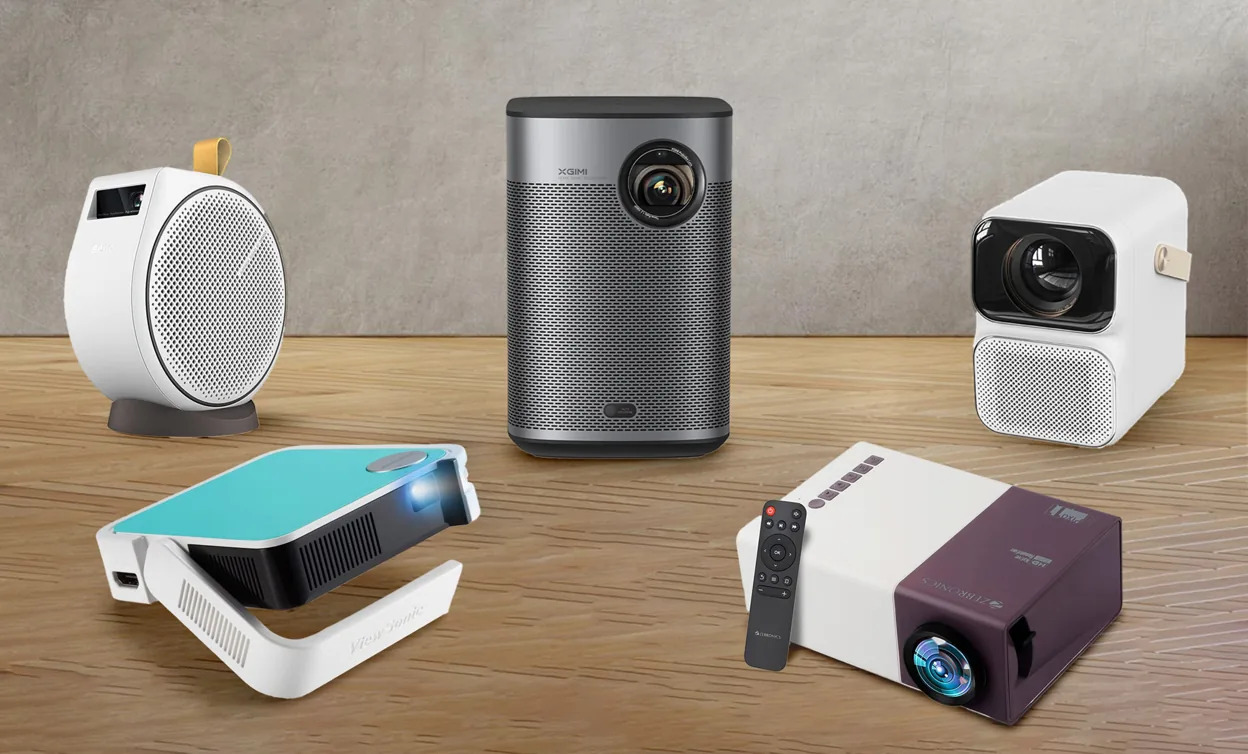Introduction
Are you ready to elevate your portable projector experience to the next level? Adding stereo sound to your portable projector can significantly enhance the audio-visual experience, transforming any space into a mini home theater. By creating a captivating soundscape, stereo sound amplifies the immersive nature of the content being displayed, whether it's a movie, a presentation, or a gaming session. This guide will walk you through the process of creating a custom stereo system for your portable projector, providing an enriching audio experience that complements the stunning visuals.
Whether you're a movie buff, a gaming enthusiast, or a professional presenter, the addition of stereo sound can elevate the impact of your content, creating a more engaging and immersive experience. With the right components and a clear understanding of the wiring process, you can bring your portable projector to life with rich, high-quality sound.
In the following sections, we will delve into the fundamentals of stereo sound, discuss the selection of components tailored to portable setups, guide you through the wiring process, and provide essential tips for testing and troubleshooting. By the end of this guide, you will have the knowledge and confidence to create a custom stereo system that perfectly complements your portable projector, enriching your audio-visual experiences in any setting.
Let's embark on this exciting journey to unlock the full potential of your portable projector with the addition of stereo sound. Whether you're a DIY enthusiast or a tech-savvy individual looking to enhance your entertainment setup, this guide will equip you with the insights and practical know-how to achieve impressive audio performance in conjunction with your portable projector. So, gear up and get ready to immerse yourself in the world of captivating stereo sound for your portable projector.
Understanding Stereo Sound
Before delving into the technical aspects of setting up stereo sound for your portable projector, it’s essential to grasp the fundamental principles of stereo audio. Stereo sound, derived from the Greek word “stereos” meaning solid, is an audio reproduction method that utilizes two or more independent audio channels to create a sense of directionality and spaciousness. This spatial dimension in audio reproduction allows for a more immersive and realistic listening experience, mimicking the way humans perceive sound in the real world.
When implemented effectively, stereo sound can convey a sense of depth and movement, enriching the overall audio-visual experience. By placing speakers strategically, stereo sound can create a convincing illusion of sound coming from different directions, adding depth and realism to the audio component of your content.
Understanding the concept of stereo sound also involves recognizing the significance of left and right channels. In a stereo setup, each channel carries distinct audio signals, contributing to the spatial perception of sound. This separation of audio signals enables the creation of a stereo image, allowing the listener to perceive a sense of width and directionality in the sound field.
Moreover, stereo sound enhances the perception of localization, enabling the listener to discern the position of specific instruments, voices, or sound effects within the audio mix. This spatial positioning of sound sources contributes to a more engaging and immersive auditory experience, complementing the visual elements delivered by the portable projector.
As we progress through this guide, we will explore the practical application of these stereo sound principles in the context of a portable projector setup. By leveraging the inherent capabilities of stereo sound, we can enrich the audio component of the projected content, creating a more captivating and immersive viewing experience.
Choosing the Right Components
When embarking on the journey to create a stereo system for your portable projector, selecting the right components is crucial to achieving high-quality audio performance. The choice of components will directly impact the fidelity, spatial representation, and overall immersive nature of the stereo sound. Here are key components to consider:
- Speakers: Opt for compact, portable speakers that deliver clear and balanced audio. Look for speakers with a wide frequency response range to ensure a full-bodied sound output, and consider the power handling capacity to match the acoustic requirements of your viewing environment.
- Amplifier: A compact and efficient amplifier is essential for driving the speakers and ensuring optimal audio output. Look for amplifiers with multiple input options, such as Bluetooth, auxiliary, and HDMI, to accommodate various audio sources and devices.
- Audio Source: Depending on your preferences, you can choose a dedicated media player, a Bluetooth-enabled device, or a portable projector with built-in audio capabilities. Ensure that the audio source aligns with your content consumption habits and offers seamless connectivity with the chosen speakers and amplifier.
- Wiring and Connectivity: Select high-quality audio cables and connectors to establish reliable connections between the audio source, amplifier, and speakers. Consider the length and flexibility of the cables to accommodate the layout of your projection setup while minimizing signal loss and interference.
- Power Supply: For a truly portable stereo system, opt for power-efficient components that can be powered by rechargeable batteries or low-voltage adapters. This ensures flexibility in setting up the stereo system in various indoor and outdoor settings without reliance on mains power.
It’s important to prioritize compactness, portability, and compatibility when choosing the components for your portable projector stereo system. By selecting components that seamlessly integrate with your projector setup and cater to your audio preferences, you can create a versatile and high-fidelity stereo system that enhances the overall viewing experience.
As we proceed to the next section, we will explore the process of wiring the selected components to establish a functional stereo system, paving the way for an immersive audio-visual experience that complements the portability and convenience of your projector setup.
Wiring the Stereo System
Once you have carefully selected the components for your portable projector stereo system, the next crucial step is to ensure proper wiring and connectivity to bring the system to life. Effective wiring not only establishes the necessary connections between the audio source, amplifier, and speakers but also plays a pivotal role in minimizing signal loss and interference, thereby preserving the integrity of the audio signals. Here’s a step-by-step guide to wiring your stereo system:
- Positioning the Components: Begin by strategically placing the speakers in the desired locations to achieve an optimal stereo sound field. Consider the acoustic properties of the room or outdoor space and aim to create a balanced spatial distribution of sound.
- Connecting the Audio Source: Depending on the chosen audio source, establish a reliable connection to the amplifier using the appropriate cables or wireless pairing methods. Ensure that the audio source output is compatible with the input options of the amplifier to maintain signal integrity.
- Linking the Amplifier and Speakers: Connect the amplifier to the speakers using high-quality speaker cables, ensuring a secure and stable connection. Pay attention to the polarity of the speaker connections to maintain phase coherence and achieve consistent sound reproduction.
- Powering the System: If the components are battery-powered, ensure that each device is adequately charged or powered to avoid interruptions during operation. For mains-powered setups, connect the components to a reliable power source, prioritizing safety and cable management.
- Optimizing the Placement: Fine-tune the positioning of the speakers and amplifier to achieve an optimal balance between stereo imaging, tonal accuracy, and spatial coherence. Experiment with speaker placement and orientation to maximize the immersive nature of the stereo sound.
By meticulously wiring the components and paying attention to the details of speaker placement and connectivity, you can establish a functional stereo system that seamlessly integrates with your portable projector, enhancing the audio-visual experience across various content genres and viewing environments.
As we move forward, we will explore essential tips for testing the stereo system and troubleshooting common issues, ensuring that you can fully harness the potential of your custom stereo setup for the portable projector.
Testing and Troubleshooting
After wiring the stereo system for your portable projector, it’s essential to conduct thorough testing to ensure optimal audio performance and address any potential issues that may arise during the setup process. Here’s a comprehensive approach to testing and troubleshooting your custom stereo system:
- Audio Playback Test: Begin by playing a variety of audio content through your portable projector while actively listening for balanced stereo imaging, clarity, and tonal accuracy. Test different genres of music, movie scenes, and spoken dialogue to gauge the system’s ability to reproduce diverse audio content faithfully.
- Spatial Perception Assessment: Pay attention to the spatial distribution of sound, assessing the stereo imaging and localization of audio elements within the projected content. Verify that the stereo system effectively creates a sense of depth and directionality, enriching the overall audio-visual experience.
- Volume and Distortion Check: Gradually increase the volume levels to assess the system’s ability to deliver clear and distortion-free sound at various intensity levels. Identify any instances of unwanted distortion or imbalance in sound reproduction, addressing potential causes such as inadequate power supply or speaker placement.
- Connectivity and Signal Integrity: Verify the stability of the connections between the audio source, amplifier, and speakers, ensuring that the signal paths remain robust and free from interference. Address any issues related to signal loss, intermittent connectivity, or audio dropouts to maintain consistent audio playback.
- Troubleshooting Common Issues: In the event of audio anomalies or performance issues, systematically troubleshoot potential causes such as loose connections, incompatible audio settings, or inadequate power supply. Refer to the user manuals of the components for specific troubleshooting guidelines and solutions.
By meticulously testing the stereo system and addressing any potential issues through systematic troubleshooting, you can fine-tune the audio performance of your portable projector setup, unlocking the full potential of the custom stereo system for a truly immersive viewing experience.
As we conclude this guide, you are now equipped with the knowledge and practical insights to create a compelling stereo system that seamlessly integrates with your portable projector, enhancing the audio-visual experience across a diverse range of content and settings. With a keen understanding of stereo sound principles, the right choice of components, meticulous wiring, and thorough testing, you can embark on a captivating audio journey that complements the portability and versatility of your projector setup.
Conclusion
Congratulations on successfully navigating the process of integrating a custom stereo system with your portable projector, unlocking a new dimension of audio-visual immersion. By embracing the principles of stereo sound and carefully selecting the right components, you have laid the foundation for a captivating audio experience that complements the portability and convenience of your projector setup.
As you reflect on the journey from understanding stereo sound to testing and troubleshooting your custom stereo system, it’s evident that the fusion of high-quality audio with stunning visuals has the power to transform any space into a captivating entertainment hub. The strategic placement of speakers, meticulous wiring, and comprehensive testing have culminated in a seamless integration of stereo sound with your portable projector, enhancing the overall viewing experience across various content genres and environments.
With a keen focus on achieving balanced stereo imaging, tonal accuracy, and spatial coherence, you have harnessed the potential of stereo sound to create an immersive auditory landscape that elevates the impact of your favorite movies, presentations, and gaming sessions. The harmonious synergy between the visual allure of the projector and the enveloping nature of stereo sound has redefined your entertainment space, offering a truly engaging and multisensory experience.
As you embark on future endeavors to further enhance your audio-visual setup, remember the valuable insights gained from this guide. The fusion of technology and creativity has empowered you to craft a custom stereo system tailored to your preferences and viewing habits, setting the stage for memorable moments filled with captivating soundscapes and captivating visuals.
Embrace the endless possibilities that arise from the seamless integration of stereo sound with your portable projector, and continue to explore the realms of audio-visual excellence with confidence and enthusiasm. Your journey to create a compelling stereo system has not only enriched your entertainment space but has also amplified the joy of immersive storytelling and content consumption.
As you revel in the transformative impact of stereo sound on your portable projector experience, remember that the fusion of technology and creativity has the power to elevate everyday moments into extraordinary sensory adventures, enriching your life with the magic of captivating audio-visual synergy.







